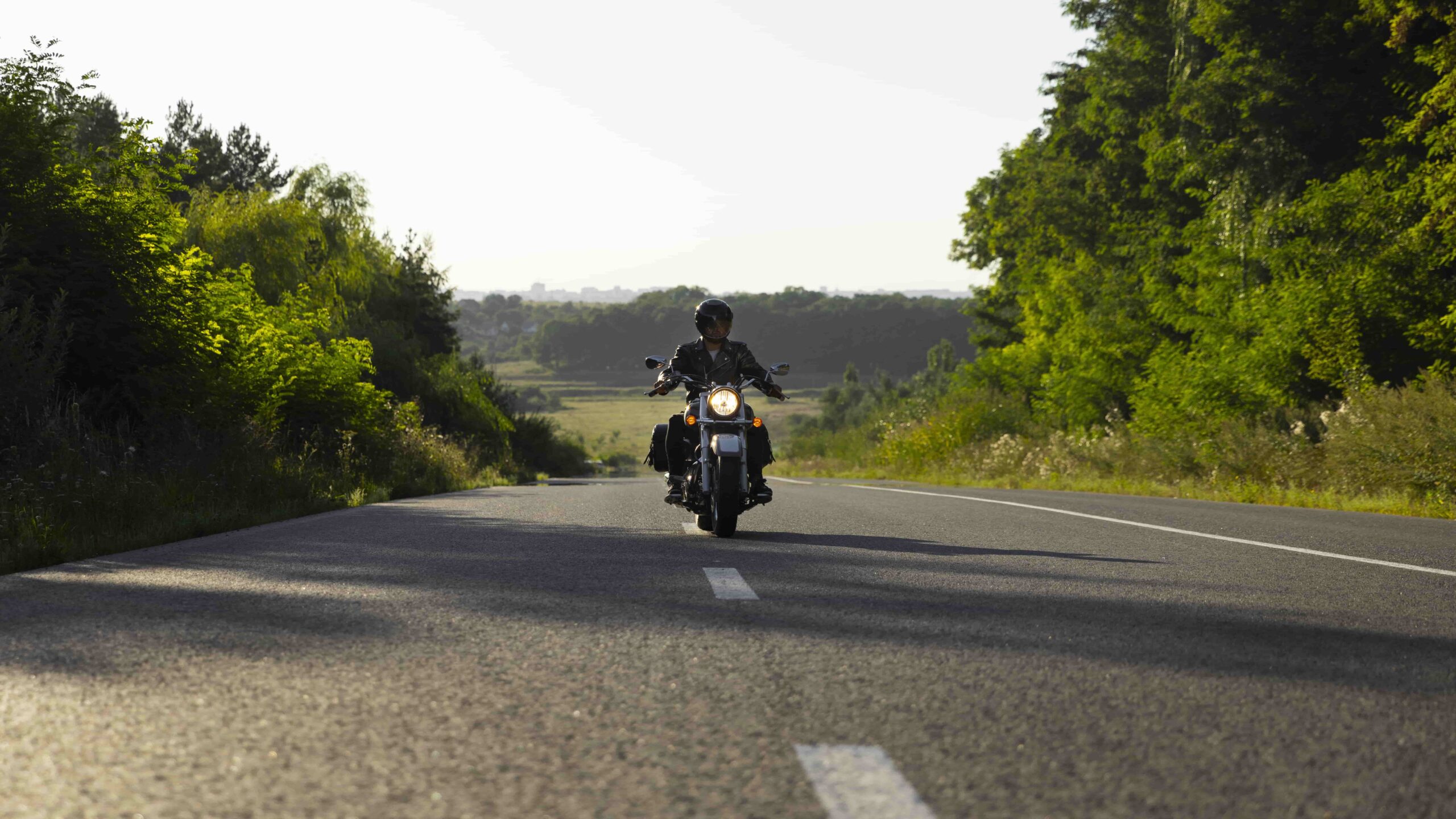Embarking on a long-distance motorcycle trip is an exhilarating experience that combines adventure, freedom, and the thrill of the open road. However, these journeys require careful planning and preparation to ensure a safe and enjoyable ride. Here are the top 10 motorcycle riding tips for long-distance trips to help you make the most of your adventure.
1. Plan Your Route Carefully
A well-planned route is the foundation of a successful long-distance trip. Consider your destination, the roads you’ll take, and potential stops along the way.
Key Considerations:
- Use GPS apps like Google Maps or dedicated motorcycle navigation systems.
- Research road conditions and weather forecasts.
- Plan fuel stops and rest breaks to avoid fatigue.
Pro Tip:
Save offline maps in case of poor network coverage.
2. Perform a Pre-Ride Inspection
Before hitting the road, ensure your motorcycle is in top condition. A thorough inspection can prevent breakdowns and ensure safety.
Checklist:
- Tires: Check for proper pressure and tread depth.
- Brakes: Ensure pads and rotors are in good condition.
- Fluids: Top off engine oil, coolant, and brake fluid.
- Lights: Verify that headlights, indicators, and brake lights are functioning.
Pro Tip:
Carry a basic toolkit and learn how to fix minor issues.
3. Pack Smart and Light
Overpacking can affect your motorcycle’s handling and fuel efficiency. Prioritize essentials and pack strategically.
Packing Tips:
- Use saddlebags or a tail bag for even weight distribution.
- Carry lightweight, multi-purpose clothing.
- Include essential tools, a first-aid kit, and a tire repair kit.
Pro Tip:
Roll your clothes to save space and prevent wrinkles.
4. Wear the Right Gear
Proper riding gear is crucial for safety and comfort during long trips.
Must-Have Gear:
- Helmet: Opt for a full-face helmet with good ventilation.
- Jacket: Choose one with protective padding and weather resistance.
- Gloves: Ensure they’re comfortable and provide a good grip.
- Boots: Sturdy, ankle-protecting boots are essential.
- Pants: Riding pants with armor offer extra protection.
Pro Tip:
Invest in waterproof gear or carry a rain suit for unexpected weather changes.
5. Stay Hydrated and Eat Smart
Long rides can be physically demanding. Staying hydrated and eating nutritious meals will keep you energized.
Tips:
- Carry a hydration pack or water bottles.
- Avoid heavy, greasy meals that may cause drowsiness.
- Pack energy bars and snacks for quick refueling.
Pro Tip:
Set reminders to drink water every hour.
6. Take Regular Breaks
Frequent breaks are essential to prevent fatigue and maintain focus.
Guidelines:
- Stop every 100-150 miles or every two hours.
- Use breaks to stretch, hydrate, and check your bike.
- Avoid riding continuously for more than 8 hours a day.
Pro Tip:
Plan scenic stops to make your breaks enjoyable.
7. Ride at a Comfortable Pace
Pushing yourself to ride faster or longer than you’re comfortable with can lead to accidents and exhaustion.
Tips:
- Maintain a steady speed that suits your skill level.
- Follow local speed limits and road rules.
- Allow extra time for unforeseen delays.
Pro Tip:
Ride with a group or buddy for added safety and camaraderie.
8. Be Prepared for Weather Changes
Weather conditions can change rapidly, especially during long trips.
Preparation Tips:
- Check weather forecasts for your route.
- Pack layers to adapt to temperature fluctuations.
- Carry waterproof gear to stay dry in the rain.
Pro Tip:
Avoid riding in extreme weather conditions if possible.
9. Stay Alert and Focused
Long hours on the road can lead to fatigue and decreased focus. Staying alert is critical for your safety.
Tips:
- Avoid riding when you’re tired or drowsy.
- Take breaks at the first sign of fatigue.
- Keep your eyes scanning the road for potential hazards.
Pro Tip:
Listen to music or podcasts to stay engaged, but ensure they don’t distract you from the road.
10. Know Emergency Protocols
Being prepared for emergencies can make a significant difference in critical situations.
Tips:
- Carry a first-aid kit and know basic medical procedures.
- Familiarize yourself with emergency contacts and locations of nearby hospitals.
- Have a charged phone and portable power bank.
Pro Tip:
Share your itinerary with someone you trust and check in regularly.
Conclusion
Long-distance motorcycle trips are an incredible way to explore new places and experience the joy of riding. By following these tips, you can ensure a safe, comfortable, and memorable journey. Remember, preparation and awareness are key to making the most of your adventure.
Related Searches
long-distance motorcycle travel tips, best gear for motorcycle trips, motorcycle touring tips, how to plan a motorcycle road trip, staying safe on long rides, motorcycle packing essentials, fatigue management for riders.

